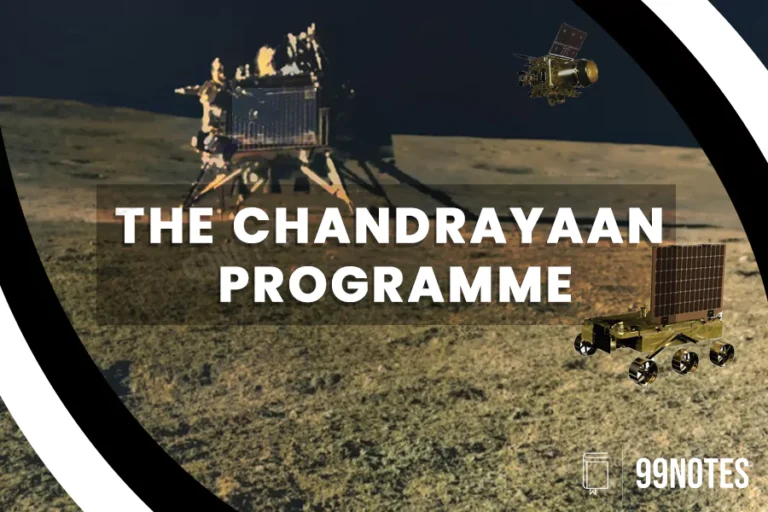The ingredient to turn around nutrition outcomes
(Source – Editorial, Page 8, The Hindu Delhi Edition)
| Topic: GS Paper 2 (Health, Welfare Schemes), GS Paper 1 (Society – Women and Health) |
| Context |
|
Persistent Nutrition Gaps
- NFHS-5 data: 57% women aged 15–49 are anaemic vs 26% of men.
- High levels of underweight women (18.7%) despite economic growth.
POSHAN Abhiyaan and Systemic Challenges
- Huge budget allocations (~₹24,000 crore in FY 2022-23), yet limited impact due to poor utilization (only 69% used).
- Awareness campaigns are not matched by structural empowerment.
Gendered Malnutrition
- Cultural norms result in women eating last and least.
- Lack of decision-making power (49% of women lack control over personal spending).
Economic Empowerment as a Nutritional Tool
- Studies (e.g., Esther Duflo) show women’s control over finances improves family nutrition.
- Female labour participation increased but still marked by insecurity and wage disparity.
Way Forward
- Converge nutrition programs with livelihood and women empowerment schemes.
- Set outcome-based targets for women’s income and decision-making authority.
- Utilize Anganwadi centers for multi-service delivery: nutrition, skilling, financial literacy.
| Practice Question: Malnutrition in India is not merely a health issue but a gendered social challenge. Examine the limitations of POSHAN Abhiyaan and suggest a convergence approach for better nutritional outcomes (15 marks / 250 words) (250 Words /15 marks) |
CHECK MORE –The new normal after Pahalgam, India’s response

